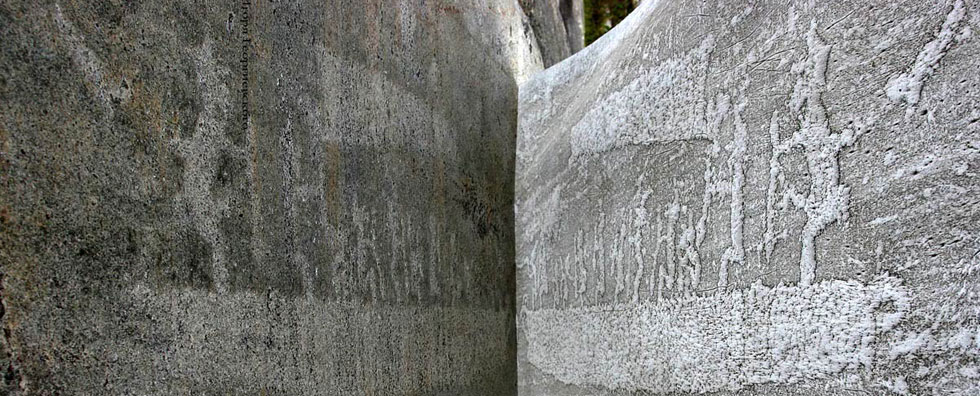
Issue №4, Vol. 16
Robonen E., Chernobrovkina N., Zaitseva M. Enrichment of common pine green mass with L-arginine by optimizing nitrogen-boron nutrition // Resources and Technology. 2019. №4, Vol. 16. P. 119‒127.
DOI: 10.15393/j2.art.2019.5022
Enrichment of common pine green mass with L-arginine by optimizing nitrogen-boron nutrition
| Robonen Elena V. | FI KRC RAS, er51@bk.ru |
| Chernobrovkina Nadezhda P | Forest Research Institute of Karelian Research Centre, chernobr@krc.karelia.ru |
| Zaitseva Maria I | Petrosavodsk State University, 2003bk@bk.ru |
|
Key words: L-arginine boron nitrogen Pinus sylvestris L.; green mass; thinning |
Summary: Conifers may be considered as a source of plant materials rich in L-arginine. Conifers are noted with the ability to accumulate a significant amount of L-arginine in organs and tissues with a high level of nitrogen nutrition and an imbalance in the general background of other elements of mineral nutrition. Boron affects the activity of nitrogen metabolism enzymes, stimulates the flow of nitrogen into the coniferous plant and the accumulation of L-arginine in its tissues. Optimization of the technology to obtain coniferous green mass enriched with L-arginine requires the identification of ranges of effective doses of nitrogen-boron top dressing. An experiment carried out in a 15-year-old pine stand, growing on sandy soil with a low level of mineral nutrition, showed the most effective dose of boric acid 3 g • m-2 tested against the background of the addition of nitrogen in the form of ammonium nitrate at a dose of 150 g • m-2 by active substance. The obtained information might be used to construct chains of forestry measures to increase their profitability by obtaining an additional product – green mass of a modified biochemical composition. |
Displays: 1254; Downloads: 731;




